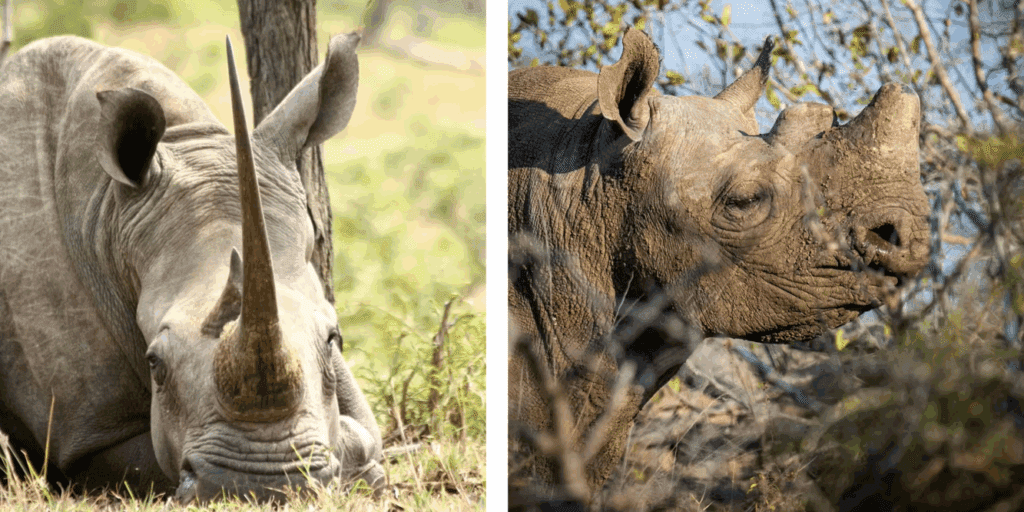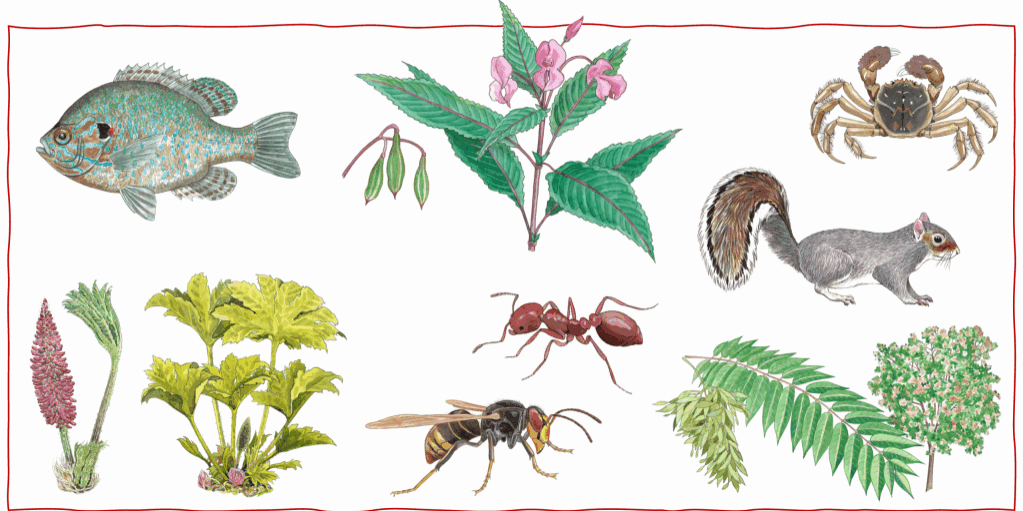What evidence matters most in conservation practice?
Dr Anne Mupepele is a Postdoc and Lecturer at the Department of Nature Conservation and Landscape Ecology, University of Freiburg
Conservation practitioners frequently have to prioritize which actions to take to preserve or restore ecosystems, biodiversity or threatened species. Calls that such actions should be based on scientific evidence are not new (Stuart 1945; Cochrane 1971; Guyatt 1992). But even 20 years after the formal introduction of evidence-based conservation (Sutherland 2000; Pullin and Knight 2001), the question of how to identify the best available and relevant evidence is still a matter of debate. It can be especially problematic when we have different pieces of conflicting evidence and need to compromise between the evidence provided by a high-quality study with very reliable results, but without perfect fit to the target context (e.g. because of geographic or phylogenetic distance); and a study with lower quality, but with high local or phylogenetic relevance for the target context.
What is the best evidence available?
The strongest evidence allows us to causally link a measure ‘A’ to the result ‘B’, e.g. fertilizing causes plants to grow. Such causal links can be identified through research studies with a high internal validity, which means a high reliability or accuracy of a study result. The ‘gold standard’ is randomized and replicated controlled experiments and meta-analyses, as these control for confounding and unmeasured variables. It is important to stick to these standards when using evidence, and I have been promoting them ever since my PhD (Mupepele and Dormann 2016, 2020; Mupepele et al. 2016, 2019). Whilst I am still convinced that this is the aim to pursue, I see the additional challenge related to the evidence available. In ecology and conservation, we are often far from the identification of causal links and a mechanistic understanding. The evidence available does not (yet) allow us to identify universally true causal links. For example, a well-implemented replicated controlled experiment from Uganda provides strong evidence about the benefits of payments for ecosystem services (Jayachandran et al. 2017) , but how much this evidence can be generalized to other countries with potentially different country-specific impacts is unknown.

At this point the external validity, which is the relevance of a study result in another context, starts playing a role. As long as causal links are not identified, the relevance of the evidence for a specific decision context needs to be evaluated. This makes the endeavour to use the best-available evidence more challenging as we may face trade-offs between the internal and external validity.
How to decide what matters?
To decide what matters means to weigh internal and external validity, i.e. rigour versus relevance. At best, objective and universally true criteria are used for such weighting, but the relevance strongly depends on the context, such as surrounding landscapes or species investigated. We are currently conducting a research project in which we aim to identify how the weighting of different pieces of evidence against each other is currently done in agricultural conservation and what sources of evidence in more general are considered (see research protocol: https://osf.io/hsynz/).
Our research project will not solve the problem how to balance trade-offs between internal and external validity, but it will recognize and verbalize what is currently done based on the belief that recognising the existence of these trade-offs and how they are currently and mostly implicitly solved would stimulate the debate on how to go ahead in the future.
Further reading:
Cochrane AL. 1971. Effectiveness and Efficiency: Random reflections on health services. Cardiff.
Guyatt G. 1992. Evidence-based medicine – a new approach to teaching the practice of medicine. J Am Med Assoc 268: 2420–5.
Jayachandran S, Laat J De, Lambin EF, et al. 2017. Cash for carbon: A randomized trial of payments for ecosystem services to reduce deforestation. Science (80- ) 357: 267–73.
Mupepele A-C, Bruelheide H, Dauber J, et al. 2019. Insect decline and its drivers: Unsupported conclusions in a poorly performed meta-analysis on trends – a critique of Sánchez-Bayo and Wyckhuys (2019). Basic Appl Ecol 37: 20–3.
Mupepele A-C and Dormann CF. 2016. Environmental management: Synthesize evidence to steer decisions. Nature 529: 466–466.
Mupepele A-C and Dormann CF. 2020. Evidence ranking needs to reflect causality. Trends Ecol Evol 35: 94–5.
Mupepele A-C, Walsh JC, Sutherland WJ, and Dormann CF. 2016. An evidence assessment tool for ecosystem services and conservation studies. Ecol Appl 26: 1295–301.
Pullin AS and Knight TM. 2001. Effectiveness in conservation practice: pointers from medicine and public health. Conserv Biol 15: 50–4.
Stuart HC. 1945. Review of the Evidence as to the Nutritional State of Children in France. Am J Public Heal Nations Heal 35: 299–307.
Sutherland WJ. 2000. The Conservation Handbook: Research, Management and Policy. Cornwall: Blackwell Science Ltd.



